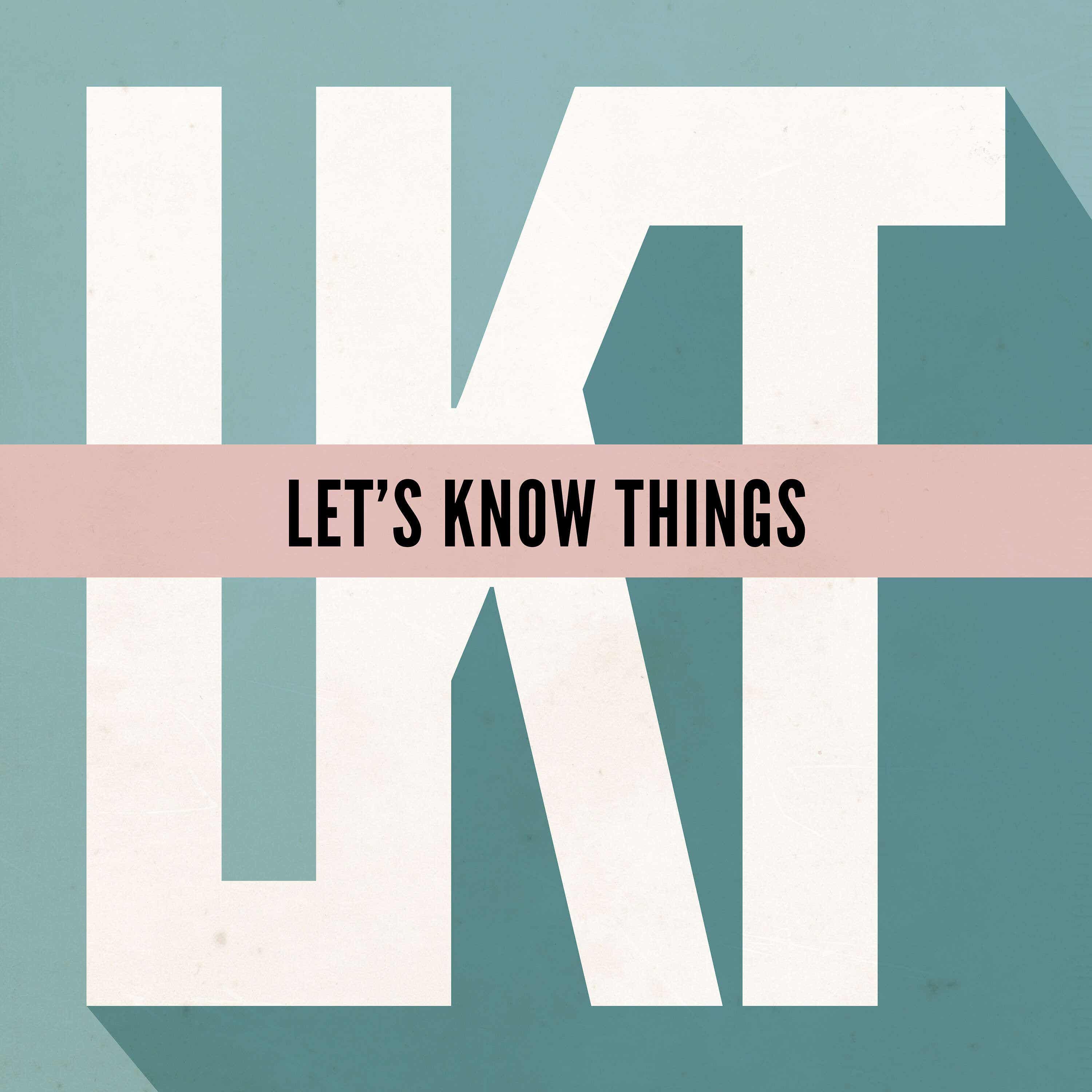China Standard Map
Description
This week we talk about China’s standard map, the nine-dash line, and shoals.
We also discuss WWIII, undersea minerals, and realities on the ground.
Recommended Book: Outlive by Peter Attia
Show Notes
* https://www.chinadaily.com.cn/a/202308/28/WS64ec91c2a31035260b81ea5b.html
* https://www.uscc.gov/research/south-china-sea-arbitration-ruling-what-happened-and-whats-next
* https://amti.csis.org/island-tracker/china/
* https://globalvoices.org/2023/09/05/the-chinese-2023-map-has-nothing-new-but-why-are-chinas-neighbours-mad-about-it/
* https://en.wikipedia.org/wiki/Government_of_China
* https://www.reuters.com/world/asia-pacific/philippines-taiwan-malaysia-reject-chinas-latest-south-china-sea-map-2023-08-31/
* https://theconversation.com/what-is-the-nine-dash-line-and-what-does-it-have-to-do-with-the-barbie-movie-209043
* https://en.wikipedia.org/wiki/Republic_of_China_(1912%E2%80%931949)
* https://en.wikipedia.org/wiki/Nine-dash_line
* https://theconversation.com/what-is-the-nine-dash-line-and-what-does-it-have-to-do-with-the-barbie-movie-209043
* https://hir.harvard.edu/vietnam-and-china-conflicting-neighbors-stuck-in-nationalism-and-memory/
Transcript
In the wake of some stunning defeats to European powers in the 19th century, and its place on the winning side of WWII, the Chinese government saw quite a lot of territory disappear, but then gained a fair bit back, following that global conflict, and this necessitated the redrawing of many maps, most of which were substantially outdated, because of the relative rapidity with which their territory was changing during this period—they lost Vietnam as a supplicant state, for instance, but also added a fair number of former Japanese islands to their collection, including Taiwan, which it took from Japan in 1945, and where the former Chinese government fled following Mao's revolution, which is what led to modern day Taiwan as a separate state, by their reckoning, at least, from that of Mainland China, which doesn't agree.
And as is the case with Taiwan, not everyone in the area agrees about which other islands and bodies of water belong to whom, and the huge number of islands of varying sizes in the South China Sea are especially fraught, in terms of ownership claims, as many of them are worthless for the purpose of building real-deal settlements, but could be useful in terms of military infrastructure, allowing ships to dock and refuel, serving as weapons platforms for missiles and anti-aircraft equipment; that sort of thing.
These island-related controversies have sparked or been components of several recent conflicts in the region, including clashes between the Chinese and Vietnamese militaries in 1974 and 1988, and as an apparent effort to lock-in their claim to some of these territories, the Chinese government, in December of 1947, published a map called the Location Map of South Sea Islands, which showed the South China Sea, along with an eleven-dash line that encompassed a huge, u-shaped portion of the region, with the implication that everything within that line belonged to China, though the Chinese government never outright said "all of this is ours, stay out."
Beginning in the early 1950s, this line used only nine dashes, and had changed shape a bit, no longer including the Gulf of Tonkin as a concession to the now-independent North Vietnamese government.
But the former Chinese government, the one that was now occupying and governing from Taiwan, continued to use an eleven-dash line on their official map, the implication being that they don't recognize the changes to Chinese territory made by the successor Chinese government that usurped them back in the mid-20th century.
However many dashes are used, and whatever the specific expanse of them, though, the significance of this line on what's become known as the Chinese standard maps released at a regular cadence by the government have become the topic of furious debate, as the Chinese government has never really clar
More Episodes
This week we talk about Huawei, DJI, and ByteDance.
We also discuss 5G infrastructure, black-box algorithms, and Congressional bundles.
Recommended Book: The Spare Man by Mary Robinette Kowal
Note: my new book, How To Turn 39, is now available as an ebook, audiobook, and paperback wherever you...
Published 04/30/24
Published 04/30/24
This week we talk about STELLARWIND, 9/11, and the NSA.
We also discuss warrantless surveillance, intelligence agencies, and FISA.
Recommended Book: Period: The Real Story of Menstruation by Kate Clancy
Transcript
Immediately after the terrorist attacks in the US on September 11, 2001, then...
Published 04/23/24


